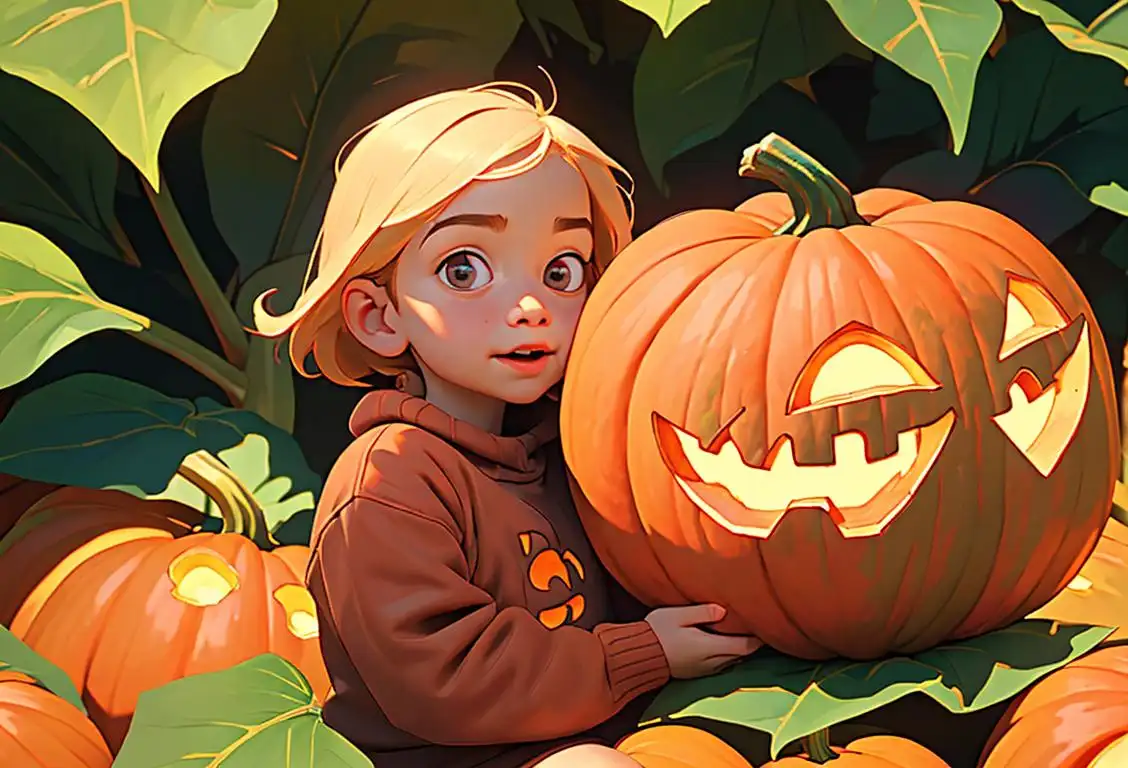National Tartan Day

Hello kilts, bagpipes and haggis! We're taking a plaid-pleasing plunge into the internet history of National Tartan Day. Aye, you read it right, a whole day devoted to tartan - the Scottish cloth pattern that looks like it's been designed by Sudoku enthusiasts.
When is Tartan Day?
It's national tartan day on the 6th April.
A Short Walk Down the Tartan Track
Initially designed to identify different Scottish clans, tartan has spent hundreds of years becoming the high-fashion, low-highlands symbol of Scotland. The internet picked up on its cozy charm and started online chatter around 6th April, National Tartan Day, with an astounding 5046 mentions.
The Plaid Peak: 6th April 2016
The culmination of the universal love for tartan was visible on April 6th, 2016. This was not just because it's the day that everyone pines to don their plaid apparel. April 6th also happens to commemorate the signing of the Declaration of Arbroath in 1320, when Scotland campaigned loudly (imagine the bagpipe decibel levels) for its independence.
Why the Tartan Takeover?
Maybe it's the charm of the pattern, or perhaps it's the idea of displaying your Scottish roots (even if that is just through your great-grandmother's cousin's pet Scottie). Whatever it is, the internet loves this cloth-clad commemoration. From decking themselves head-to-toe in tartan to savoring Scottish delicacies, webizens around the globe found unique ways to celebrate the rich heritage and cultural history of Scotland. Some even indulged in 'kilt lifts' to reveal just how dedicated they were to the theme (remember, this is a wholesome site - we're thinking tartan socks).
The Tartan Turnout
While 'Tartan Tuesday' or 'Thumping Tartan Thursdays' might sound catchy, National Tartan Day steadfastly sticks to April 6th annually. So, if you forgot to unfurl your family's tartan this year, start planning now. You have an entire year to locate a bagpipe tutorial on YouTube and add 'Tartan Trifle' to your Pinterest cooking board.
History behind the term 'Tartan'
300 BC
Ancient Origins
The origins of tartan can be traced back as far as 300 BC, where cloth with a similar pattern to tartan was produced in what is now known as Hallstatt, Austria. This early form of tartan was created using a simple grid-like pattern of lines and squares, giving it a distinctive checkered appearance.
AD 79
Roman Influence
During the Roman occupation of Britain, tartan-like patterns started to emerge. The Romans introduced the use of vertical and horizontal stripes in the woven fabric, known as a 'clavi.' This influence can still be seen in some tartan designs today, particularly those featuring bold stripes.
11th Century
Scottish Clans
The distinctive tartan we associate with Scotland today has its roots in the 11th century. Scottish clans began to establish their own tartan patterns, using specific combinations of colored threads to represent their familial or regional affiliations. Each clan had its own unique tartan, which played a significant role in clan identification and cultural pride.
16th Century
Banning of Tartan
In the 16th century, the Act of Proscription was passed in Scotland, which sought to suppress Highland culture and traditions. This included the banning of tartan, as it was seen as a symbol of rebellion. The wearing of tartan was punishable by law, and many tartan mills were closed. This period of prohibition lasted for almost 40 years.
19th Century
Rebirth of Tartan
In the 19th century, a romantic revival of Scottish culture led to the rediscovery and revival of tartan. King George IV's visit to Scotland in 1822, where he boldly donned tartan attire, sparked a surge in tartan's popularity. Tartan became fashionable, and clans regained the right to wear their distinctive patterns, reestablishing a sense of Scottish identity.
20th Century
Symbol of Scottish Highlanders
Throughout the 20th century, tartan solidified its status as a symbol of Scottish Highlanders. It became synonymous with Scottish heritage and was embraced not only by clans and families but also by Scottish regiments, institutions, and individuals worldwide. Tartan is now worn proudly on various occasions, including weddings, ceremonies, and as a fashion statement.
Did you know?
Did you know that the world's first color photograph, taken by physicist James Clerk Maxwell in 1861 was of a tartan ribbon? Now, that's a fashionable fact!Tagged
food fun rememberance cultural heritage Scotland tartanFirst identified
6th April 2015Most mentioned on
6th April 2016Total mentions
5046Other days
Tartan Day
Fast Food Day
Cheese Lovers Day
Biscuit Day
Peanut Butter And Jelly Day
First Responders Day
Shrimp Day
Agriculture Day
Pumpkin Day
Meatball Day








